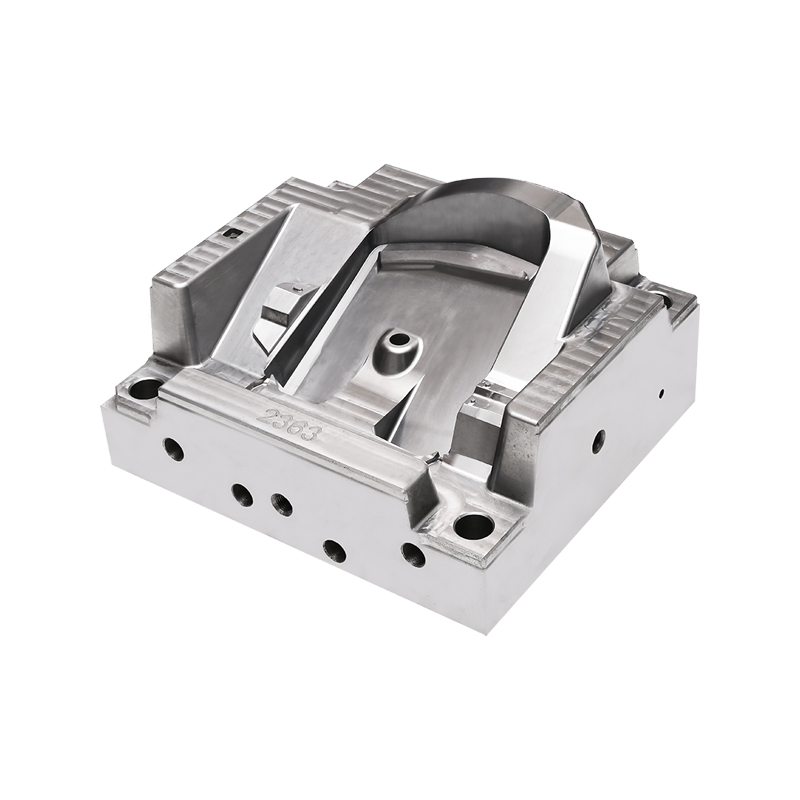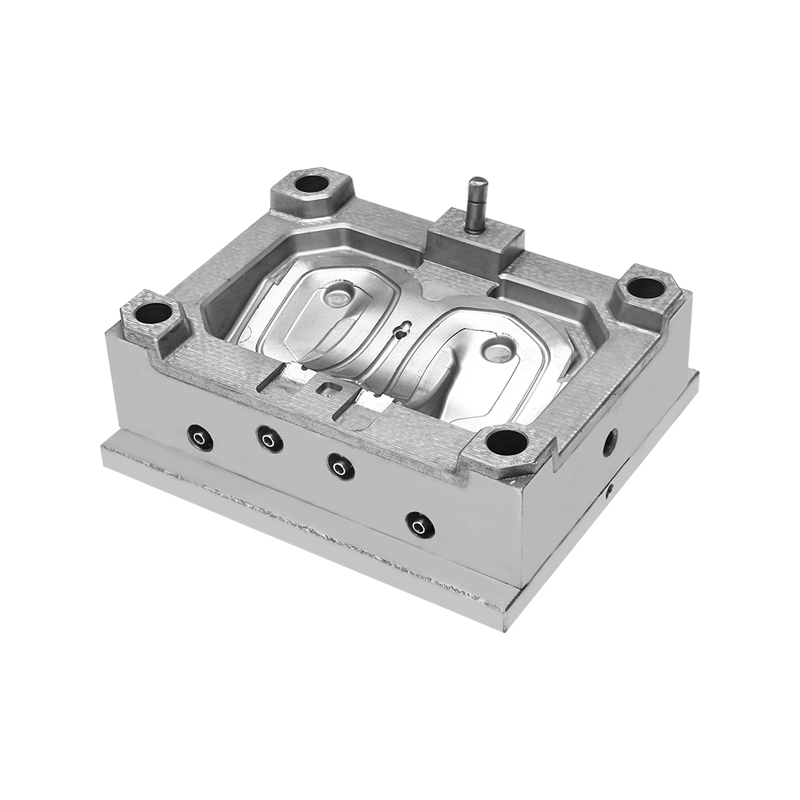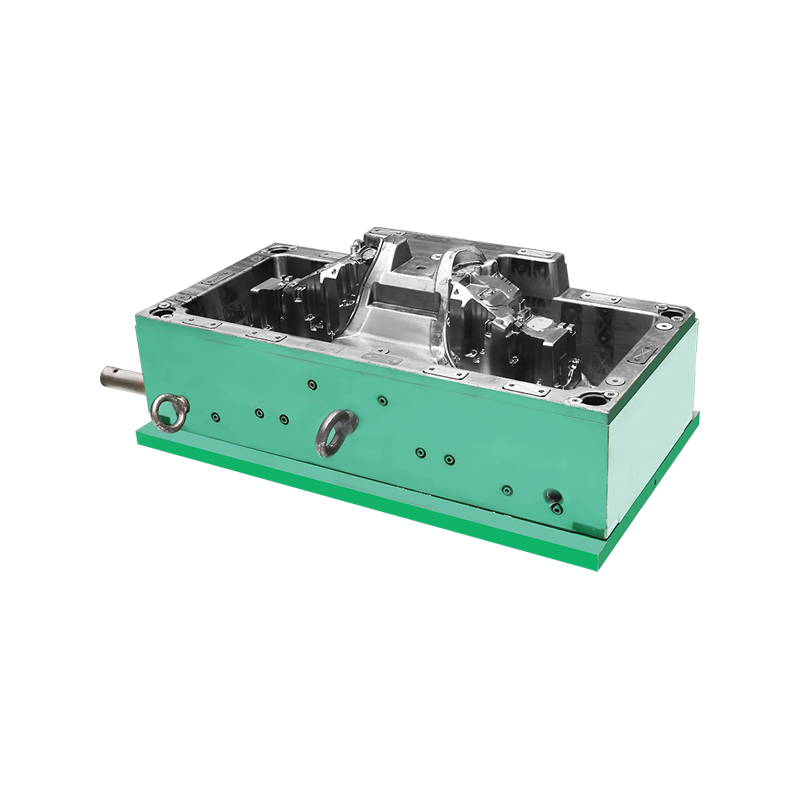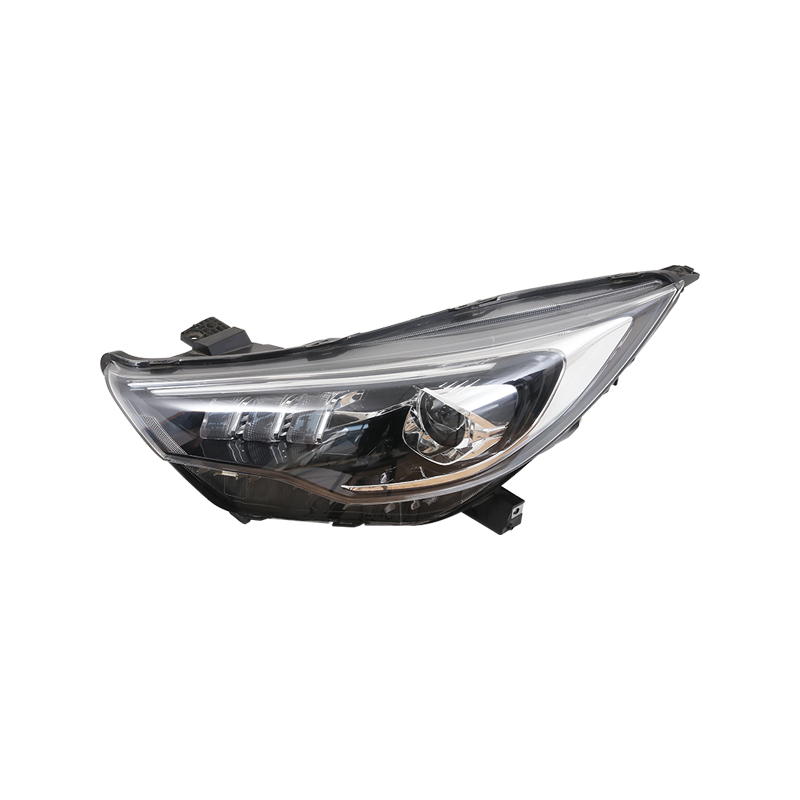Custom automotive car body moulds Manufacturer
Car body moulds are crucial components in the automotive manufacturing process, shaping the exterior of vehicles with exceptional precision and quality. The effectiveness of these moulds heavily depends on the machining technologies used in their production. This article explores the various machining techniques—CNC machining, milling, grinding, and electrical discharge machining (EDM)—and examines how these methods impact the precision and surface quality of car body moulds.
CNC Machining (Computer Numerical Control machining) is a widely used technique in the manufacture of car body moulds. This method involves the use of computer-controlled machines to perform precise cutting, drilling, and shaping of materials. CNC machining is known for its high precision and ability to handle complex geometries with repeatable accuracy.
CNC machining provides exceptional precision, essential for producing car body moulds that meet stringent automotive industry standards. The machines are programmed with detailed specifications, ensuring that each mould is produced with the exact dimensions required. This high level of accuracy minimizes the need for manual adjustments and reduces the risk of defects.
The surface finish achieved through CNC machining is generally smooth and consistent. Modern CNC machines are equipped with advanced tooling and techniques that can achieve high-quality surface finishes, which is crucial for the visual and functional aspects of car body moulds. Any imperfections on the surface of the mould can defects in the final car body, making surface quality a critical consideration.
CNC machining is highly versatile, allowing for the production of intricate designs and detailed features in car body moulds. This capability is particularly valuable in the automotive industry, where car designs often include complex shapes and features. The flexibility of CNC machining also means that design changes can be implemented with relative ease, facilitating rapid prototyping and iterative design processes.
Milling is another essential machining process used in the creation of car body moulds. This technique involves using rotary cutters to remove material from a workpiece, shaping it into the desired form. Milling can be performed on various types of milling machines, including vertical and horizontal mills, depending on the requirements of the mould.
Milling provides a high degree of precision and is effective for creating detailed features in car body moulds. The process allows for the accurate cutting of complex profiles and the generation of fine details that are essential for the mould’s functionality. The precision achieved through milling helps ensure that the final car body parts fit together correctly and meet design specifications.
The surface quality obtained through milling can vary depending on the type of cutter used and the milling parameters. While milling can achieve a smooth surface, additional finishing processes may be required to meet the high standards needed for car body moulds. Proper milling techniques and tooling are crucial for minimizing surface imperfections and achieving a quality finish.
Milling is effective for removing large amounts of material quickly, which is advantageous when working with large car body moulds. This capability allows for efficient material removal during the initial stages of mould production, setting the stage for more precise finishing processes.
Grinding is a finishing process used to enhance the surface quality of car body moulds. This technique involves the use of abrasive wheels to remove material and achieve a smooth, polished surface. Grinding is typically employed after machining processes like CNC machining or milling to refine the mould’s surface finish.
Grinding is known for its ability to produce an exceptionally smooth surface finish. This is particularly important for car body moulds, where surface quality directly impacts the appearance and functionality of the final product. The grinding process can remove surface irregularities and achieve a high level of polish, ensuring that the car body parts meet aesthetic and functional requirements.
While grinding is primarily focused on surface finish, it also contributes to the precision of car body moulds. The process can be used to achieve tight tolerances and ensure that the final dimensions of the mould are accurate. This precision is essential for ensuring that the car body parts produced from the mould fit together correctly and perform as intended.
Grinding is particularly useful for finishing intricate details and achieving a high-quality surface on complex mould designs. It is often used in conjunction with other machining processes to ensure that car body moulds meet the required standards of precision and surface quality.
Electrical Discharge Machining (EDM) is a non-traditional machining process that uses electrical discharges to erode material from a workpiece. EDM is particularly effective for machining hard materials and creating intricate details in car body moulds.
EDM offers high precision and is capable of producing complex shapes and fine details that are challenging to achieve with traditional machining methods. This precision is crucial for car body moulds that require exact specifications and detailed features. EDM can achieve tolerances and surface finishes that meet the stringent requirements of the automotive industry.
The surface finish produced by EDM can vary depending on the process parameters and the material being machined. EDM is known for its ability to produce smooth surfaces with minimal tool marks, although additional finishing may be required to achieve the higher standards of surface quality. The process is particularly valuable for creating detailed features and achieving complex geometries.
EDM is used for producing car body moulds with intricate designs and fine details, such as those found in high-precision automotive parts. The ability to machine hard materials also makes EDM suitable for creating durable and long-lasting moulds that can withstand the rigors of production.
The machining technologies used in the production of car body moulds—CNC machining, milling, grinding, and EDM—each play a vital role in determining the precision and surface quality of the final product. CNC machining offers exceptional accuracy and flexibility, milling provides effective material removal and detail shaping, grinding enhances surface quality, and EDM enables the creation of intricate designs and fine details. By leveraging these technologies, manufacturers can produce car body moulds that meet the high standards required in the automotive industry, ensuring that the final car body parts are both functional and visually appealing.

 English
English 中文简体
中文简体 русский
русский Español
Español








